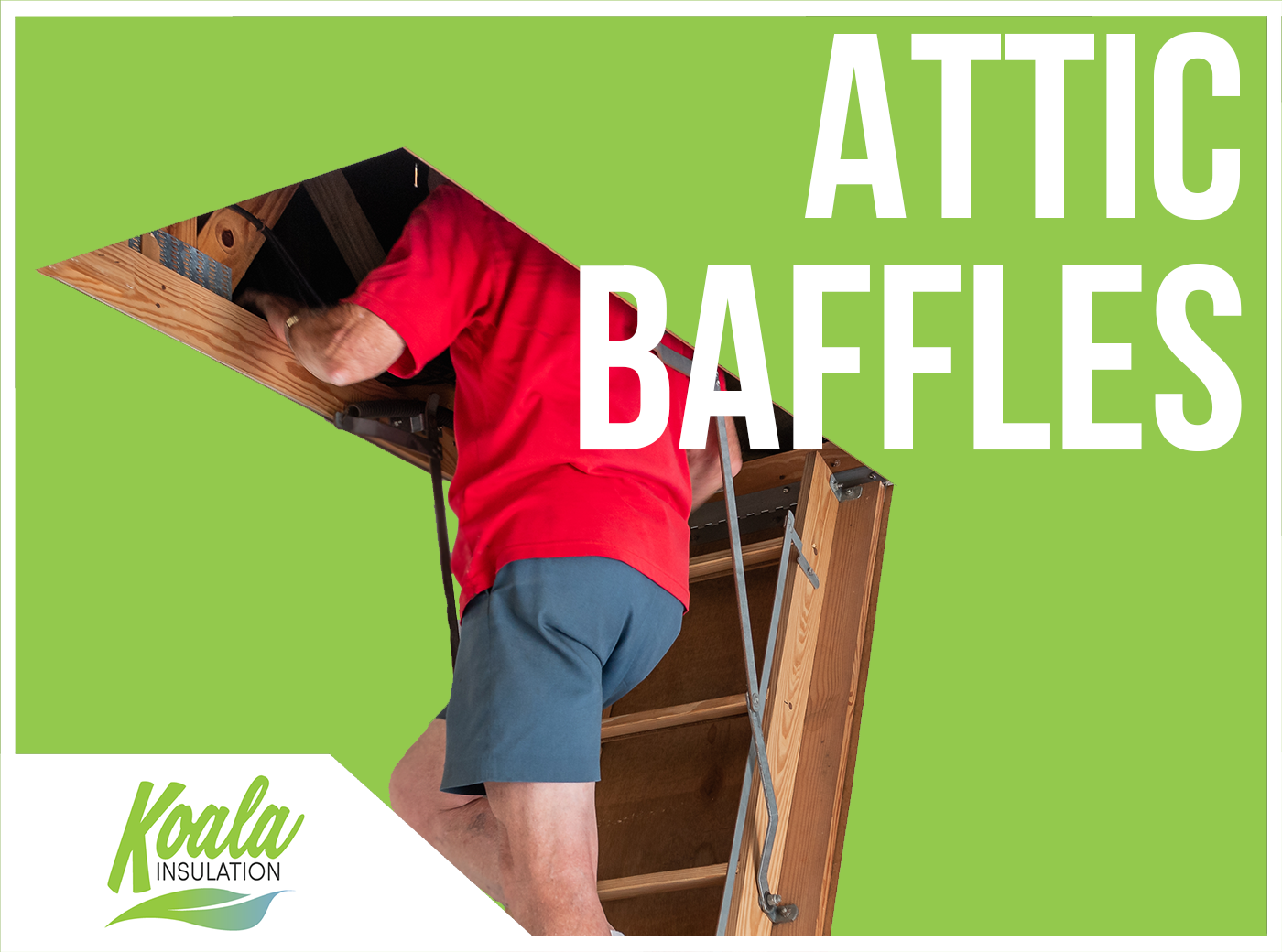What Is the Purpose of Attic Baffles? Improving Carolina Comfort

How closely have you looked at the insulation and ceiling of your attic? Keeping this area of your home well-maintained is a crucial part of improving your environment in many ways. This space impacts thermal regulation, climate control, ventilation, and even the health of your household.
Attic baffles are an important feature in this space. You may have also heard them referred to as insulation baffles, wind baffles, rafter vents, or vent chutes. When combined with quality insulation, they’re a main component in effective ventilation. How can attic baffles help your Greenville area home?
What Are Attic Baffles?
Baffles are not a type of insulation; instead, they work directly with the insulation of your building. These are vents that direct airflow in an attic space from the exterior soffit vents into the attic area. Even if your space is well-insulated, proper air circulation is necessary to remove moisture, get rid of stagnant air, and help with regulating temperature.
In the summer, effective ventilation is crucial to keeping your home comfortable. Proper airflow starts when cool air from the outdoors enters your attic through intake vents, which are typically installed with soffits. The outside air then moves through the attic baffles into the larger attic area. Once the air heats up, it rises to exit through hot air exhaust vents and out the top of the roof. This process moves air around the space so hot air doesn't sit stagnant in your attic to heat up the rest of your home when you're trying to cool off.
Are Attic Baffles Necessary In A Carolina Home?
This answer depends on the needs of your home and your roofing system. Attic baffles are very important for an attic vent system, which means they’re not a key component for unvented roofing systems. Also known as a “hot roof”, there are a few ways to tell if you have an unvented roof system: if the roof decking is permanently affixed directly to exterior walls and if rafters are exposed to the outside of the building.
While most homes have an attic vent system, you can learn more from your local experts. When conducting a free evaluation, Koala Insulation of Greenville can give you these kinds of insights to learn more about the needs of your home.
Types of Attic Baffles
There are many different types of materials that can be used for attic baffles. PVC, plastic, aluminum, and even waterproof foam are a few types of chutes that you can find on the ceiling. Here are a few of the most common types of attic baffles you may have in your home.
- Cardboard & Plywood Baffles
These baffles are easily foldable and stapled in place to prevent insulation from spilling into the soffit area. These are some of the most common types of baffles and the easiest to install for a DIY project. The cardboard absorbs moisture to additionally help reduce mold and mildew growth on your insulation; however, this means if there’s a leak or heavy water intake, they may need to be replaced sooner.
- Plastic Attic Baffles
Plastic baffles are typically made from high-impact polystyrene (HIP) material. Unfortunately, these baffles don’t have the same water-absorbing benefits that cardboard and plywood have. However, this also means that they can protect the insulation from incoming moisture or any problematic leaks – this just means you’ll need to regularly inspect and maintain the area.
- Foam Rafter Baffles
Most often used in humid climates, foam baffles route heat and cool air to roof vents. They’re also stapled into place to keep insulation material from blocking soffits and are a light and flexible material that typically resembles egg cartons.
Benefits of Attic Baffles
Proper air flow is one of the many benefits offered by adding attic baffles to your home. Combined with quality insulation and air sealing, the assistance provided to ventilation systems can reduce safety hazards and uncomfortable risks while improving your savings.
- Reduced Moisture
Attic baffles are most useful in climates that are hot and humid. For summers in the Carolinas, they help to balance out the wet air that comes in from outside and protect the insulation from incoming moisture. Alternatively, baffles are just as important in the winter months. Baffles prevent ice dams that form from condensation and temperature differences which can lead to significant roof damage.
- Structural Support
Fighting back moisture isn’t just about reducing the humidity in your home. Mold growth and mildew can have a serious impact on the structural integrity of your building envelope. Wood rot, pest infestation, and respiratory illness are all hazards that come from an unsupported ventilation system. Upgraded insulation and helping attic baffles are your first lines of defense in many places around the attic.
- Energy Efficiency
Finally, one of the biggest target areas homeowners are looking to benefit from home improvements is energy efficiency. Adding attic baffles and effective insulation reduces the strain on your ventilation and HVAC systems by regulating airflow and the impact of outdoor temperatures. Reducing your energy waste has a major impact on your regular heating and cooling costs, resulting in lower bills each month without a costly investment price.
Meet The Unique Needs Of Your Carolina Home With Attic Baffle Experts
Even well-insulated spaces need support from attic baffles. These chutes direct airflow and create a cooler environment, helping to reduce the impact of heat caught upstairs by the stack effect. They're also a solid line of defense against moisture and humidity, reducing health risks caused by mold growth and bacteria build-up. Schedule your free evaluation with Koala Insulation of Greenville to learn more about how you can improve your savings without sacrificing comfort and safety.
Find Your Location


Get a quote


